 Welcome to the second and final part of my Travel Spot dedicated to Amtrak’s Downeaster, which connects Boston with Brunswick, Maine, providing five daily services in each direction, departing from/arriving at Boston’s North Station. In Part I, I took a trip from Portland, where I was staying, to Brunswick, taking the opportunity to check out Amtrak’s business class along the way, before returning by bus.
Welcome to the second and final part of my Travel Spot dedicated to Amtrak’s Downeaster, which connects Boston with Brunswick, Maine, providing five daily services in each direction, departing from/arriving at Boston’s North Station. In Part I, I took a trip from Portland, where I was staying, to Brunswick, taking the opportunity to check out Amtrak’s business class along the way, before returning by bus.
Part II covers the journey Amanda and I took two days later in the other direction, from Portland to Boston, where we travelled in coach class (Amtrak’s standard class for travel). Incidentally, although I’d travelled in coach class many times before, this was my first detailed look at Amtrak’s refurbished coach-class seating. Along the way, we tried out the café car, sampling the on-board coffee which we put up against some of our own that we’d made on the train.
Other than my trip to Brunswick two days before, I’d only taken the Downeaster once before, at the start of my Portland-to-Portland trans-America train trip in June 2015. Since then, for a variety of reasons, the bus had always proved more convenient, so I was keen to see how the train stacked up against the bus.
As I did for Part I, I’ve split this post into the following parts:
- Downeaster Scheduling
- Departing Portland
- Amtrak’s Amfleet Carriages
- Coach Class on the Downeaster
- More Thoughts on Coach
- Portland to Boston
- Café Car and Making Coffee
- Arriving in Boston
- Final Thoughts
You can read more about the Downeaster after the gallery.
In Part I, I promised to talk about the Downeaster’s quirky scheduling, so let’s start with that. Amtrak bases its Downeaster rolling stock at Brunswick, with the trains making the 3½ hour journey to Boston’s North Station, before turning around for the return journey. Naively, you might think that this would lead to trains at regular intervals throughout the day. However, with rare exceptions, Amtrak’s services don’t work like that.
The first train leaves Brunswick for Boston each day at 04:30, followed by two further morning departures at 07:10 and 11:00. There’s another train just two hours later at 12:55, at which point you might expect a few more trains in the afternoon. However, you’d be wrong. There’s a near five hour gap before the last train of the day heads off for Boston at 17:45.
Since the trains turn around at Boston’s North Station, the first northbound departure doesn’t leave until 08:50, after the first train from Brunswick gets in (which probably explains the 04:30 start!). The second one departs at 11:50 but since there’s a four-hour gap between the second and third Brunswick to Boston trains, there’s a similar gap between the second and third northbound departures, so the first afternoon train from Boston isn’t until at 15:45, followed by the fourth train of the day at 17:20, with the last train leaving at 22:30 (handy if you’ve been at a basketball or hockey game at the TD Garden, the sports complex above North Station). There’s also an “Event Nite Train” which departs at 23:25 when there’s a major concert at the TD Garden, presumably having run down empty from Brunswick.
This all results in an interesting, irregular schedule, which makes the bus (between Boston and Portland at least) a much more attractive option since it runs close to once an hour. However, on this particular occasion, Amanda and I weren’t on a strict timetable, simply wanting to get to Boston on Friday to spend some time in the city before my flight home on Saturday evening. Since neither of us are morning people, that ruled out the first two trains (which leave Portland at 05:18 and 07:58). We also wanted to see something of Boston while the daylight lasted on Friday afternoon, which ruled out the last two trains (arriving into Boston at 16:15 and 21:05).
That just left the “middle” train, which left at the reasonable hour of 11:48, arriving into Boston at 14:20. After the interesting experience I had in getting to the station (Portland Transportation Center) on Wednesday, we decided to get a taxi rather than hauling ourselves and all our (mostly my) luggage on the buses.
Having already written about the Portland Transportation Center in Part I, I won’t repeat myself here. In contrast to my mid-afternoon trip to Brunswick, when I was the only passenger and able to wander around taking pictures, this time there were maybe 20 people already in the waiting room when we arrived 25 minutes before the train, just in time for the departure of the 11:25 to Brunswick. I really wanted to wander down to the platform to see that one off, but that would have probably upset the Amtrak staff as well as Amanda, who would have been left looking after all our luggage, so I stayed where I was.
We were called for boarding at 11:40, making our way down to the platform along the long, sloping corridor from Gate C. I was surprised to see that the train was already there, so we just got straight onboard, making our way to the back of the train where there were plenty of seating.
You can see how we got on after the gallery.
On my trip to Brunswick on Wednesday, my train had been running a few minutes late, which, with hindsight, explained why it had come into the station and then almost immediately departed. This time, the Downeaster was right on schedule, pulling into the platform about 15 minutes ahead of its departure time. This gave the staff ample opportunity to get everyone off before letting us all down onto the platform to board the train.
The Downeaster typically consists of five carriages (four coach class and one combined café car/business class) with a diesel locomotive (a Genisis P42DC) at one end and what’s called a NPCU (non-powered control unit) at the other. The diesel locomotive is always at the northern end of the train, so pulls the service from Boston to Brunswick, but going the other way, it pushes the train, with the NPCU acting as a driving cab.
I’d travelled business class on my way to Brunswick, so in order to compare the two, Amanda and I went coach class this time. At Portland, the platform is quite short, so you can only board in the middle carriage, where the train was quite full. We turned right, heading towards the back of the train, where we found the final coach class carriage (next to the locomotive) to be almost empty.
We had time to get settled in before the train pulled out, heading back the way it had come. As I explained in Part I, the Portland Transportation Center is on a spur off the mainline. The northbound Downeasters effectively reverse out of the station to re-join the mainline, then switch direction to carry on. Meanwhile, the southbound trains do all this before entering the station, effectively overshooting the junction, then reversing up to the platform.
The good news is that when the train is ready to depart, it goes straight down the spur, onto the mainline and then it’s on its way to Boston, which is what happened to us when we pulled out right on time at 11:48. I recommend sitting on the left of the train for the best views on the first part of the journey, although for the short stretch leaving Portland, you get some decent views from either side of the train as it runs alongside the Fore River before re-joining the mainline.
It then swings west to cross the river alongside the Veterans Memorial Bridge before swinging south again to pass by the massive Pan Am Railways Rigby Yard. Pan Am (which was previously Guilford Rail System) owns the vast majority of the track that the Downeaster runs on in Maine and New Hampshire. If you like freight trains, you should definitely sit on the left when passing the yard.
Up until this point, it’s fairly slow going (roughly 5 km in around 8 minutes), but beyond the yard, the train starts to pick up speed as it makes its way down the Maine coast towards Boston.
You can see what we made of coach class after the gallery.
Along with the combined café car/business class seating, which I experienced on my previous trip to Brunswick, the Downeaster has four coach class carriages. These are at the back of the train for the southbound Brunswick to Boston run, with the café car/business carriage at the front, while this arrangement is reversed for northbound trains.
The Downeaster uses Amtrak’s 45-year old Amfleet I carriages, a classic of American steel construction, although the interiors were refurbished in 2017/18 (the entire fleet is set to be replaced by the end of the decade). There are doors at either end of each carriage, along with a pair of spacious toilets at one end. There plenty of space for luggage, with racks at either end, and even more space in large, overhead racks which run above the seats on both sides of the carriage.
One neat feature of all Amtrak rolling stock is the doors between carriages. These have a large button at chest height, which cause the door to slide open, but there’s a second one at foot level which you can kick to activate. This comes in extremely handy when carrying luggage or food from the café car! Maybe it’s only me, but I just find it fun to kick the doors to open them.
Overall, I’ve always liked the Amfleet carriages, although they do have very small, widely-spaced windows. My main criticism is that they’re not very tall, which you don’t really notice if you’re sitting next to the window. However, if you’re in an aisle seat, the lack of height really restricts your view, which is also the case if you’re trying to look out of any window on the other side of the train.
The seats, all airline-style with no table seats, are arranged in a 2 x 2 configuration on either side of the central aisle. Unfortunately, these don’t line up with the windows, so if you’re not careful, you could end up with your main view being the pillar between the windows! I counted 19 rows in our carriage, making 76 seats in all. Interestingly, each pair of seats rotates, something I’ve only seen before on Shinkansen in Japan, so in theory they can face either forwards or backwards. In practice, the staff only rotate the seats in the small business class section to ensure that they are always facing forwards.
In coach class, the seats are configured with the first nine rows facing the end of the carriage, while rows 10 to 18 face the other way. As a result, seats in rows 9 and 10 are back-to-back, providing extra storage space for luggage in the centre of each carriage. The 19th row is also rotated to form a set of four with the 18th row, although the seats are very close together in this configuration, so I’m not sure how two people could sit opposite each other! Finally, there’s a wheelchair space at the start of each carriage, with the two seats facing it (Row 1) reserved for passengers with disabilities.
Of course, since the seats rotate, you could, if you wanted to, rotate a pair yourself to create your own set of four (to rotate the seats, press down on the big pedal and push hard!). However, I’m not sure if you’re supposed to do that, so I decided that it was probably not best to try. This also got me wondering if the old coach class seating rotated as well, since I thought that the refurbishment only changed the seat upholstery rather than changing out the entire seat. If anyone knows, please do tell in the comments at the end of the post!
You can see what we made of the seats and the general coach class experience after the gallery.
I had originally thought that this was my first time travelling in coach class on Amtrak’s refurbished Amfleet carriages, but looking back, I can see that when I travelled on the Northeast Corridor in early 2018, the trains were using the (then newly) refurbished carriages too (the quick way to tell is by the colour: the refurbished seats are grey while the old ones were blue).
As I’ve pointed out before, not all of Amtrak’s Amfleet carriages are the same. The majority of the Northeast Corridor, including the Downeaster, is classified as short haul, using Amfleet I carriages for coach class seating. Meanwhile, long haul services (east of the Mississippi) use Amfleet II, which have a lot more space between the seats, as well as slightly taller windows and doors at just one end of the carriage (the easiest way to tell them apart from the outside). As far as I can tell, if the train has a sleeper car, it’s classed as long haul, otherwise it’s short haul, although there are some exceptions (for example, I’m fairly sure that the Northeast Regional 65 I took from Boston to Washington DC had Amfleet I coaches).
The reason for bringing this up is that while I’ve travelled on a lot of Amtrak trains, recently it’s been predominantly in sleeper cars and, when in coach class, usually on long haul trains with Amfleet II coaches. All of this colours my expectations about travelling in coach class, which in turn influences my perception of the refurbished coach class seating.
Let’s start with the positives. I’ve always had a very high opinion of Amtrak’s coach class and enjoyed travelling coach. The Downeaster has free Wifi (although it wasn’t working in our carriage) and at-seat power. That said, the two power outlets are in the wall under the window, so if you’re in the aisle seat, you’ll need to trail a wire across your neighbour. The seats themselves are very comfortable and wide enough that you don’t feel that you’re encroaching on your neighbour, although there’s no armrest between the seats. Amanda, by the way, was very impressed with the comfort of the seats, particularly when compared to the bus, which she is used to.
One of my biggest complaints about UK trains is the lack of legroom in the airline-style seating (and don’t get me started on legroom in actual airline seats), and this is something that Amtrak has always been good at. By any objective measure, there’s plenty of legroom, although my first reaction was that it was a tight fit. Before long, sitting by the window with Amanda in the aisle seat next to me, my claustrophobia was starting to get triggered, enough that we had to swap seats (which made taking photos out of the window rather tricky!).
You can read more about this, and some of the other issues we had with the refurbished coach class seats, after the gallery.
I’ve been struggling to work out why my claustrophobia was triggered this time, since I’ve never had this problem before on Amtrak, even when I travelled in the newly-refurbished coach class in 2018. However, on that occasion I was travelling alone, which may have had something to do with it. I also think that the new seats are slightly taller than the old ones, which added to that feeling of being enclosed when I sat by the window (I’m tall and used to being able to see over the top of the seats). Another issue I have with the new seats is that they recline and by quite a fair amount. This can be nice for the person sitting in them, but given my struggles with a perceived lack of space, I would have needed to move if someone sat in front of me and reclined the seat.
My most recent comparable experience is when I travelled on the Acela in November. Although the standard Acela seating is technically business class (and charged as such), it felt at the time much more like coach class. I even commented that it felt less spacious than coach, although I may have been remembering the Amfleet II seats, which are definitely more spacious. I didn’t experience any claustrophobia on the Acela, even though I was in a window seat with someone next to me, but looking back at the photos, the Acela had more legroom, while the seats weren’t as tall and only reclined a small amount, both contributing to my not feeling too enclosed.
My final issue with the coach class refurbishment is the table. This is big enough, folding down from the base of the seat in front, but on metal runners, which means that it projects out from the seat back, leaving a gap (in contrast, the Acela table is more like an airline table, folding down from the seat back). This style of table works really well for the Amfleet II seating and in business class on the Amfleet Is, since in both cases the seat in front is that much further away.
Unfortunately it really doesn’t work in coach class, where the seats are that much closer together. I found that because of the gap between the table and the seat back, it was far too close to me and I wasn’t able to comfortably use it unless I reclined my seat. It was practically in my lap, which didn’t help with my feelings of claustrophobia either. It also comes down a long way, so if I wasn’t careful when folding it down, it would hit my thighs. Amanda, who is a lot shorter than me, had similar issues with the table and was very unimpressed.
Overall, I came away disappointed, feeling that the refurbished seats weren’t as good as the ones they replaced, although that may be partly the fault of my memory, conflating this with past trips in coach on long haul trains using Amfleet IIs. However, I don’t remember feeling claustrophobic when travelling coach class before. Objectively, though, Amtrak’s coach class seating is still head and shoulders above anything an equivalent British train can offer and, for comfort, certainly beats either taking the bus or flying domestically in the US.
For a second opinion, check out this video by Simply Railway, which takes a look at the refurbished Amfleet coach class seating on the Northeast Regional (essentially the same as the Downeaster).
You can see how the rest of the journey went after the gallery.
The conductor came through to check our tickets just after we left the Pan Am Yard. I only had my ticket on my phone and was a bit worried since the Wifi wasn’t working in our carriage. However, this wasn’t a problem, with the Amtrak app happily displaying the QR Code for the conductor to scan.
The best (coastal) scenery is along this section of the line, where, if you sit on the left, you get to gaze out over the wetlands around Scarborough as the train crosses the Nonesuch River. From there, it briefly runs along the coast and through Old Orchard Beach, where the train stops in the summer. In winter, however, we just rolled through, getting some views of the fun fare and, in the distance, the Atlantic Ocean.
Just after Old Orchard Beach, the line cuts inland, making its way to Saco, to cross the Saco River. The station is actually on Factory Island, a small island in the middle of the Saco River, with some good views of the river from either side of the train. If you get the chance, Saco (which is on the east bank of the river) and Biddeford (west bank) are worth a visit, particularly if (like me) you have a soft spot for old mill town architecture.
From Saco, the line runs parallel to the coast, but some way inland, until it reaches Wells. We completely missed the station at Wells since, like many of the Downeaster stations, it’s just a single short platform on one side of the track. In this case, it was on the right, while we were sitting on the left, thinking that we’d just stopped in the forest! The town of Wells, by the way, is strung out along US 1, but the station is a couple of kilometres inland, right by an I-95 off ramp, a sure sign that it was built for commuters using it as a park-and-ride facility rather than directly serving the residents of the town.
Whereas I-95 and US 1 stick relatively close to the coast on their way to Portsmouth, just over the state line in New Hampshire, the train cuts further inland after Wells. This avoids having to cross the Piscataqua River, the line instead crossing the much narrower Salmon Falls River, one of the Piscataqua’s two tributaries (together with the Piscataqua, it forms the border between Maine and New Hampshire). The next stop is Dover, which has a more sizeable station, the line crossing the Piscataqua’s other tributary, the Cocheco River, just after the station.
There are two more stops in New Hampshire, Durham – UNH (which serves the large University of New Hampshire campus) and Exeter, where the train ran alongside the frozen Squamscott River for a while. After Exeter, the line crosses into Massachusetts just before Haverhill, another old mill town from the looks of it. Up until this point, the Downeaster had been running on Pan Am’s tracks, but from Haverhill onwards, the tracks are owned by the MBTA (Massachusetts Bay Transportation Authority). While the majority of the line from Portland is single track, it’s dual track almost all the way from Haverhill, the Downeaster sharing the line with commuter trains into Boston’s North Station.
Immediately after leaving Haverhill station, with the novelty of full length platforms on both sides of the track, the Downeaster crosses the Merrimack River, running along its south bank for a while, with some great views of the river from the right-hand side of the train. From here, the Haverhill line offers the most direct route to Boston, but to avoid conflict with the commuter trains (which stop at every station), the Downeaster crosses over to the Lowell line on the delightfully-named Wildcat Branch, a kilometre long section of single-track line, which joins the Lowell line just before Wilmington. The final stop before Boston is Anderson RTC/Woburn, after which the Downeaster follows the Lowell line through Somerville and Cambridge on its way into Boston’s North Station.
However, before we reach the end of the line, I want to tell you about the café car, which you can read about after the gallery.
One of the joys of travelling by train in America is the dining car. While Amtrak’s short haul trains, like the Downeaster, don’t have a full dining car, there’s always a café car, serving a range of light meals, snacks and drinks. I didn’t get the chance to sample the café car on my short trip to Brunswick two days before, but Amanda and I more than made up for that (deliberate) oversight on this trip.
Since we’d sat at the back of the train, we had to walk through the three other coach class carriages (all of which were considerably more busy than ours) to reach the café car, which was at the front. That said, in theory we could have ordered online via the QR Codes displayed in each carriage, but as well as the Wifi not working our carriage, we both wanted to stretch our legs (and I wanted to nose around the train).
We decided to have a light lunch, forgoing the delights of pizza, hot dog and burger in favour of a pair of bagels with cream cheese from the breakfast menu, plus a hummus snack box, both of which were pretty good. We could have sat at one of the tables (the café car has six four-person tables exclusively for the use of café car customers) but decided to take our food back to the relative seclusion of our own seats instead.
Of course, there had to be coffee as well. We’d already decided to get some hot water, which I was going to use back at our seats to make our own coffee. In the past, I’ve had problems with café car attendants insisting that hot water can only be dispensed in an Amtrak disposable cup, something which I usually experience east of the Mississippi. For some reason, they’re generally fine about it to the west of the Mississippi. I have no idea why!
I’d brought my Frank Green Ceramic cup with me, fully expecting to have to pour the hot water into it from a disposable cup (which would then be thrown away). However, to my surprise (and great pleasure), the café car attendant was more than happy to fill it with hot water for me, so that’s another win for the Downeaster.
We also bought a cup of coffee from café car itself. We weren’t expecting too much, but the café car attendant told us that it was a lighter roast from a company in Maine that was exclusive to the Downeaster. Sadly, Amanda and I didn’t recognise the name, and foolishly I neglected to write it down, although I’ve since learned (see the comments section) that it’s the Carrabassett Coffee Company, a speciality coffee roaster up in Kingfield.
When we got back to our seats and tried the coffee, it was surprisingly good, a gentle, well-brewed cup. Of course, I still made my own, using some pre-weighed Bird Dog beans from Speckled Ax. I ground these in my Aergrind before using the hot water from the café car to make the coffee in my Travel Press. The end result was pretty good, but the café car coffee held its own in comparison, which was impressive. Notch up another win for the Downeaster!
You can see how we got on arriving into Boston, along with my overall thoughts about the Downeaster, after the gallery.
When I first travelled on the Downeaster in June 2015, I remember being rather disappointed with the line, although I loved the coach class carriages, commenting that I had plenty of room, even when the seat in front was reclined. This leads me to think that the refurbished carriages do have less space between the seats. In contrast, my initial reactions were the other way around for this trip: I enjoyed the scenery, but was unimpressed with the seats.
So why the turnaround? I think that the snow helped: everything looks better in snow, including endless vistas of trees. I also think that in 2015 I wasn’t appreciating the journey for what it was. I had expected the train to take a more coastal route, so never quite forgave the trees for not being coastline. The same applies to the rest of the scenery.
This time around, I was much more appreciative. The landscape is more varied than I’d given it credit for and it’s certainly better than the bus as it trundles along I-95 (although I do miss crossing the Piscataqua at Portsmouth). I also appreciated the urban environments more. From Haverhill onwards, it’s a mix of old, industrial towns, steadily giving way to more continuous suburbs beyond Woburn. I also enjoyed rolling through the various commuter stations (having travelled on both lines on MBTA services, they can be painfully slow with their continuous stops).
The final approach to Boston, coming in through old haunts in Somerville and Cambridge, was interesting (I had forgotten that the Downeaster came in that way) as was the final approach to North Station. I’ve caught many MBTA commuter trains from North Station over the years, particularly on my early (pre-Coffee Spot) visits to Boston, so there was a large measure of nostalgia on rolling into the station, where one final surprise waited for me.
I mentioned at the start of this post that the Downeaster is unusual for Amtrak trains since it has a NPCU (non-powered control unit), which acts as a driving cab when the train does this, its southbound run. The Downeaster NPCUs are old EMD F40PH diesel locomotives, with their engines taken out. Having missed out at Brunswick two days before, I’d really been looking forward to seeing one up close at the head of the train once we got into North Station.
However, when I got to the end of the platform, I was surprised to find another Genisis P42DC diesel locomotive in place of the NPCU. I suspect this had been pulling the train rather than the one at the back pushing it (with hindsight, it had been rather quiet in the rear carriage, which was right next to the other locomotive). I must confess to being disappointed, but to make up for it, our second locomotive was done out in a special red, white and blue livery to mark Amtrak’s 50th anniversary. Amtrak has just six of these commemorative locomotives, each with a different livery (ours was “Phase VI”), so to have had one on our Downeaster cheered me up immensely.
With that out of the way, we walked out of North Station to enjoy 24 hours in Boston on what turned out to be a very pleasant spring weekend (although slightly disturbing, given that it was mid-February!).
So, what did I make of the Downeaster? It was an interesting mix, including disappointment at the refurbished coach class seating and being pleasantly surprised at how scenic the line was. The quality of the coffee was definitely a bonus! I think that the lesson here is to judge things by what they are, not what you expect them to be, a lesson I keep having to relearn.
Yes, I prefer the old coach seating to the new, but by any objective standard, these are spacious and comfortable trains. As Amanda pointed out to me, it is so much better than taking the bus, with more space, more comfortable seats, plus you have the ability to get up and wander around, as well a café car, both of which are lacking on the bus.
Where the Downeaster suffers in comparison to the bus is the schedule. While I appreciate that there are many factors at play, there are simply large parts of the day when taking the Downeaster makes no sense at all. It only really worked for us on this occasion because we were in no hurry to get to Boston and could be flexible with our departure and arrival times.
Pricewise, if you book more than a day in advance, it’s the same as the bus, $24 from Portland to Boson (and a pleasing $48 for a return). This is a non-refundable saver ticket, and must be booked for a specific train. If you want more flexibility, you can book a $29 ticket, while for another $5, you have a fully flexible ticket, although at that price ($34) you might want to consider spending another $5 for a $39 business class ticket. Note that if you book on the day or one day ahead, saver tickets are no longer available.
One final thought: coach or business class? Well, although I really liked business class and enjoyed the extra space, in some way the small compartment is a drawback. In contrast, although I had my problems with coach class, now I know what they are, I can take steps to counter them. If the train is going to be full (and, when you book, Amtrak gives you a helpful estimate to how full the train is at that point), then I’d take business class and happily spend the extra. However, if the train was like it was on this trip (50% full was the estimate when I booked) then I’d go coach and find some space to spread out.
Either way, if you’re not in a hurry, I can definitely recommend the Downeaster!
This concludes my two-part Travel Spot on the Downeaster. Don’t forget to check out Part I if you haven’t already.
If you want to know more about the rolling stock that will replace the Amfleet coaches, check out this review of the new Venture coaches by Simply Railway. The first of these coaches is already in service with Amtrak Midwest and will be rolled out across the network, starting in California and the Midwest, over the next five or so years.
If you liked this post, please let me know by clicking the “Like” button. If you have a WordPress account and you don’t mind everyone knowing that you liked this post, you can use the “Like this” button right at the bottom instead. [bawlu_buttons]
Don’t forget that you can share this post with your friends using buttons below.



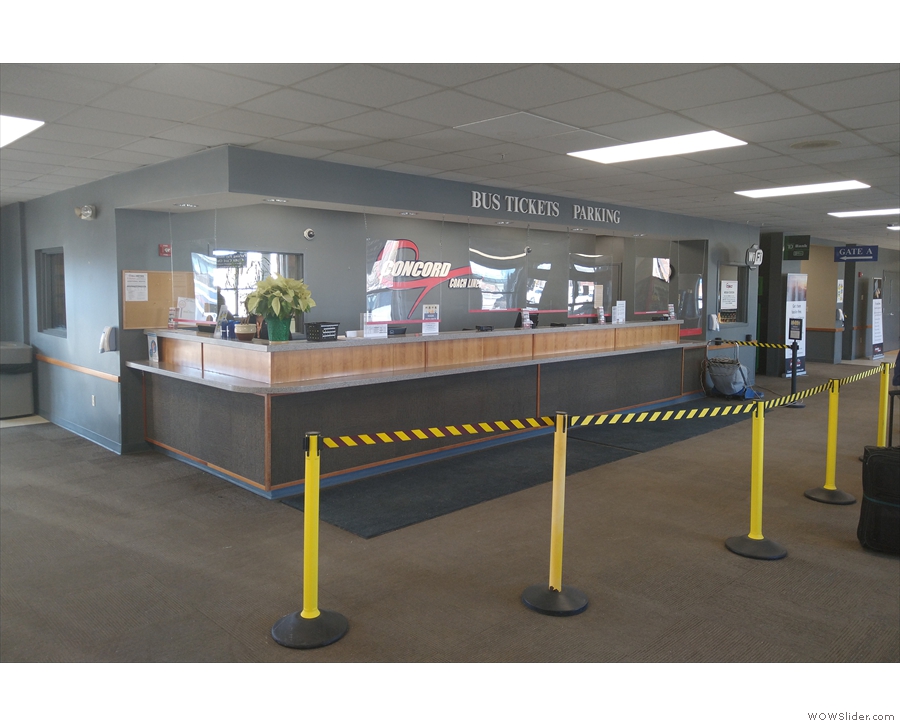




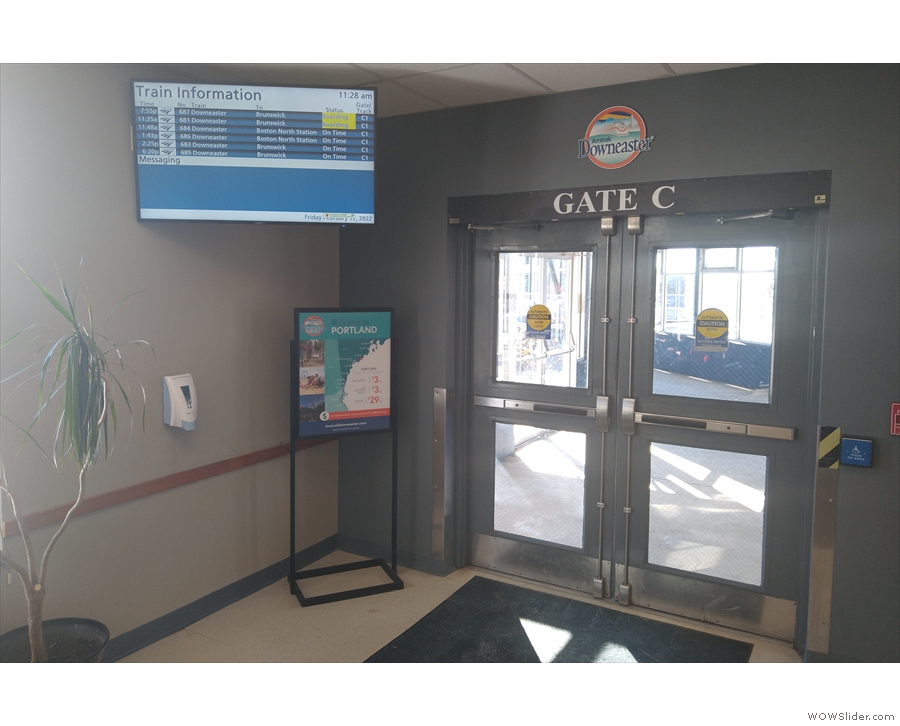



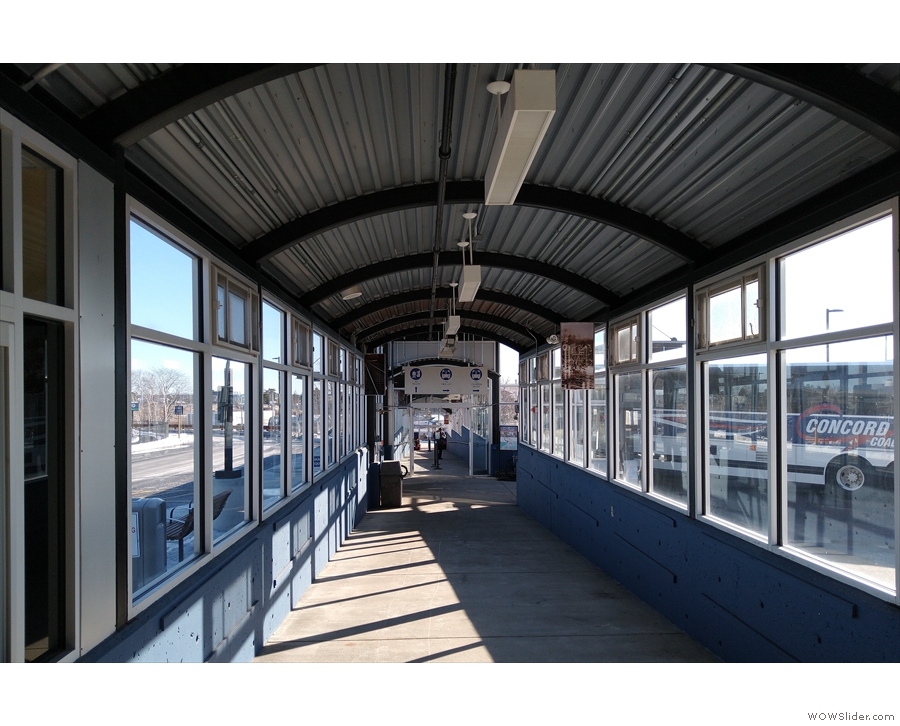



 1
1 2
2 3
3 4
4 5
5 6
6 7
7 8
8 9
9 10
10 11
11 12
12 13
13 14
14 15
15

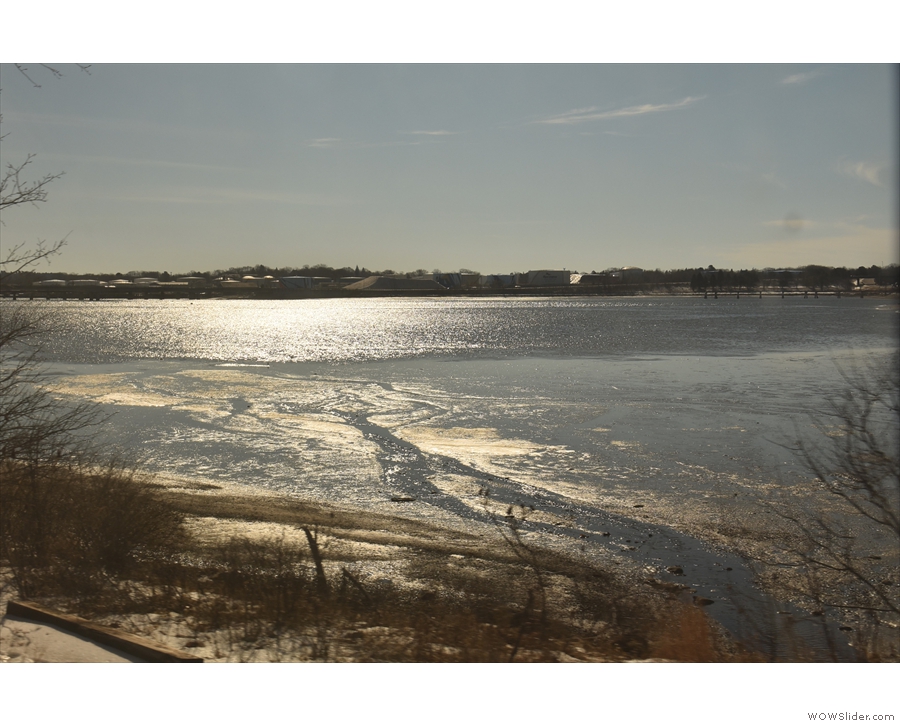







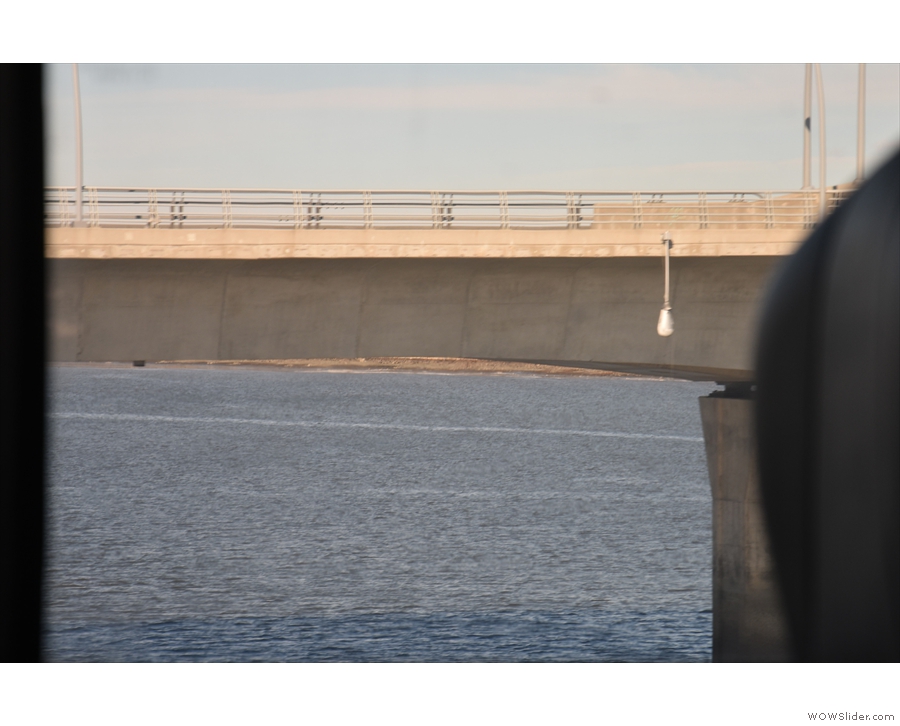


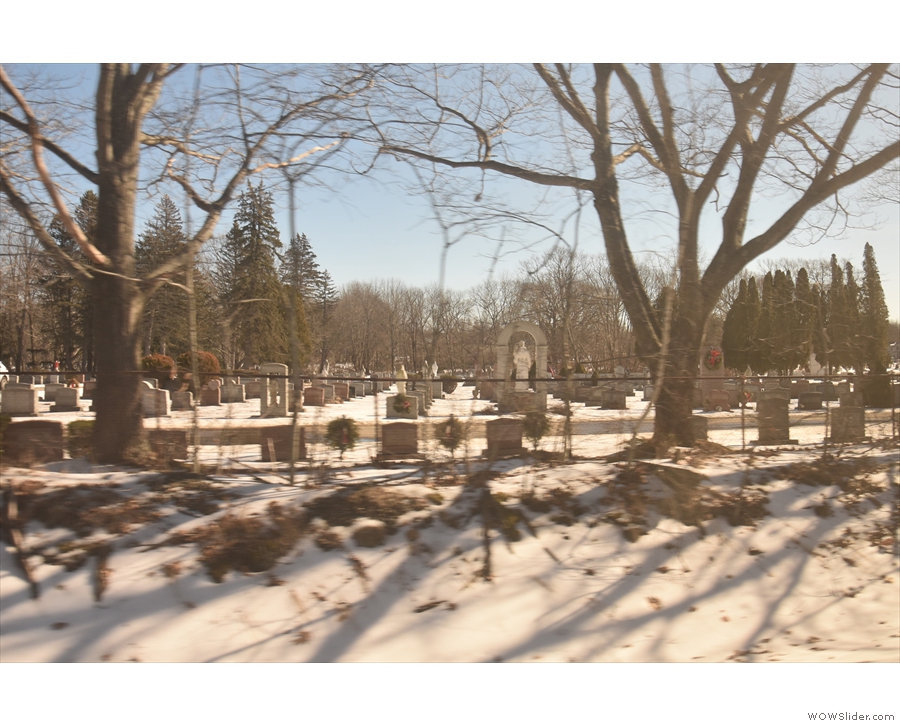





 1
1 2
2 3
3 4
4 5
5 6
6 7
7 8
8 9
9 10
10 11
11 12
12 13
13 14
14 15
15 16
16 17
17 18
18 19
19
















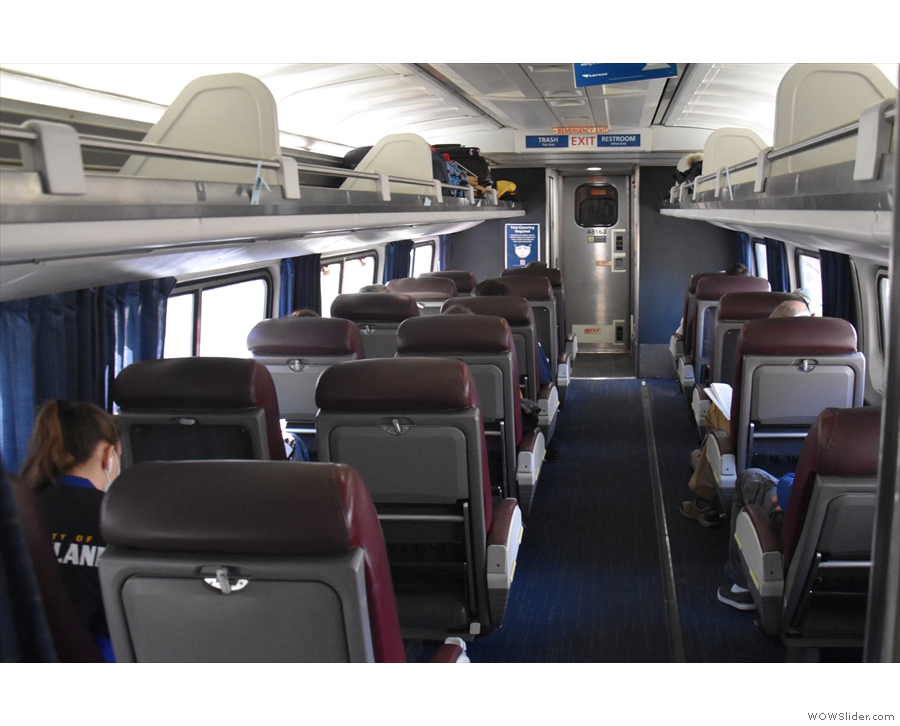
 1
1 2
2 3
3 4
4 5
5 6
6 7
7 8
8 9
9 10
10 11
11 12
12 13
13 14
14 15
15 16
16 17
17 18
18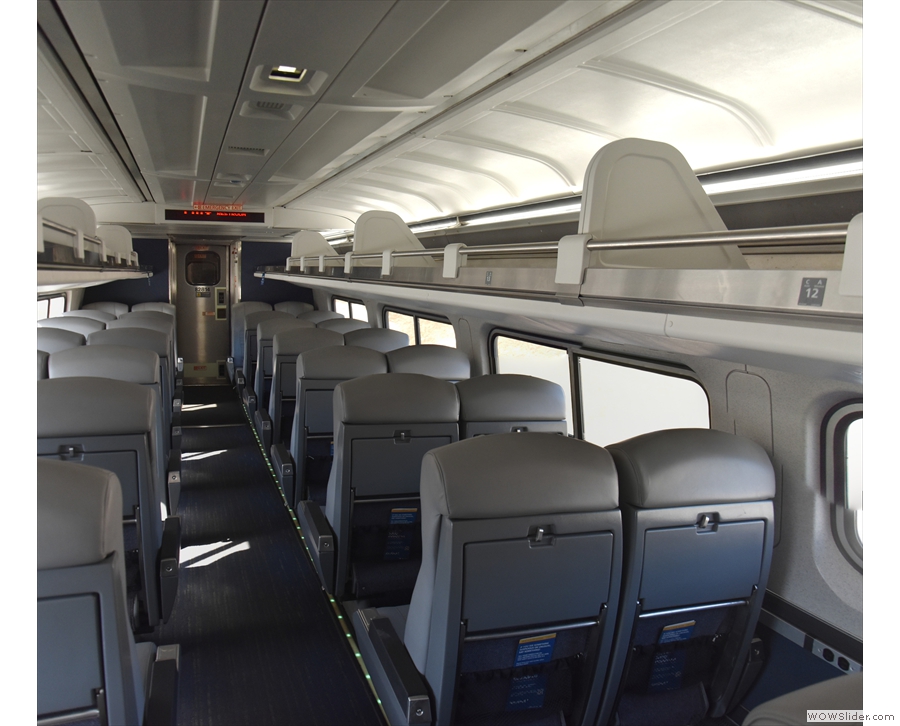












 1
1 2
2 3
3 4
4 5
5 6
6 7
7 8
8 9
9 10
10 11
11 12
12 13
13





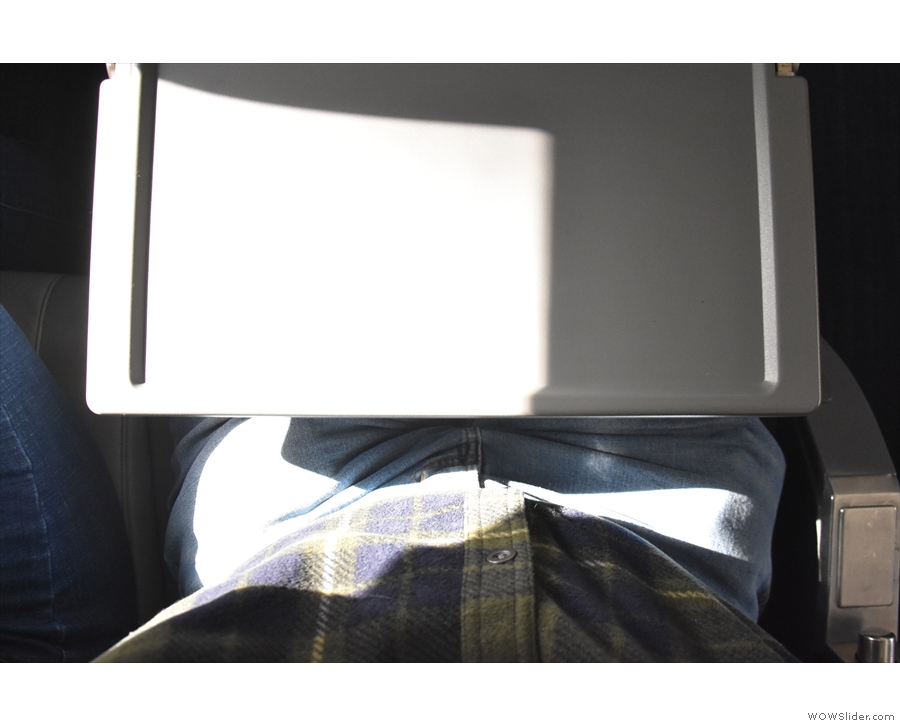




 1
1 2
2 3
3 4
4 5
5 6
6 7
7 8
8 9
9 10
10 11
11





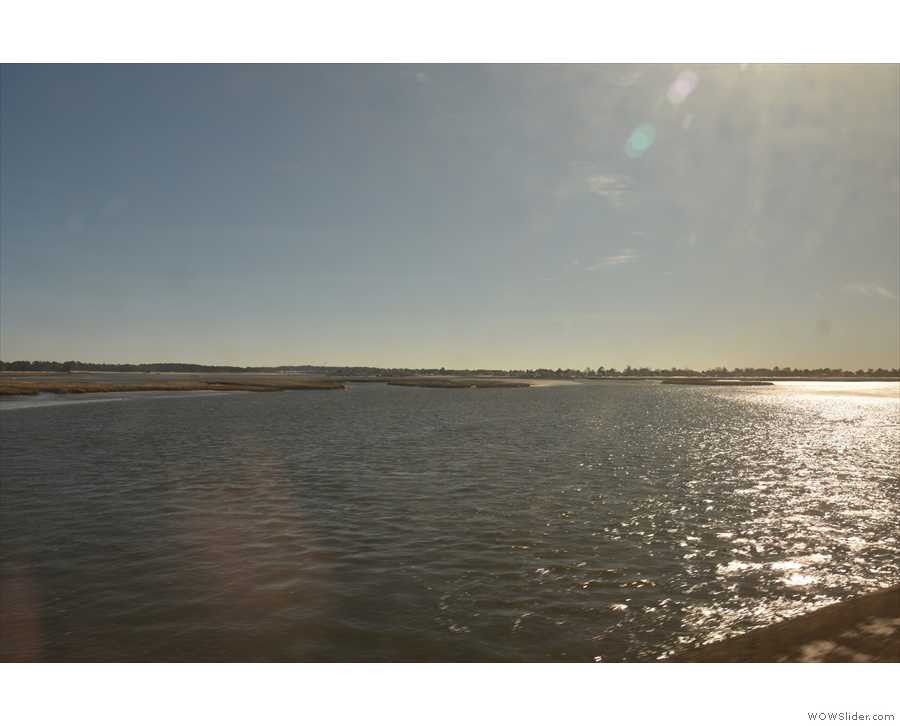

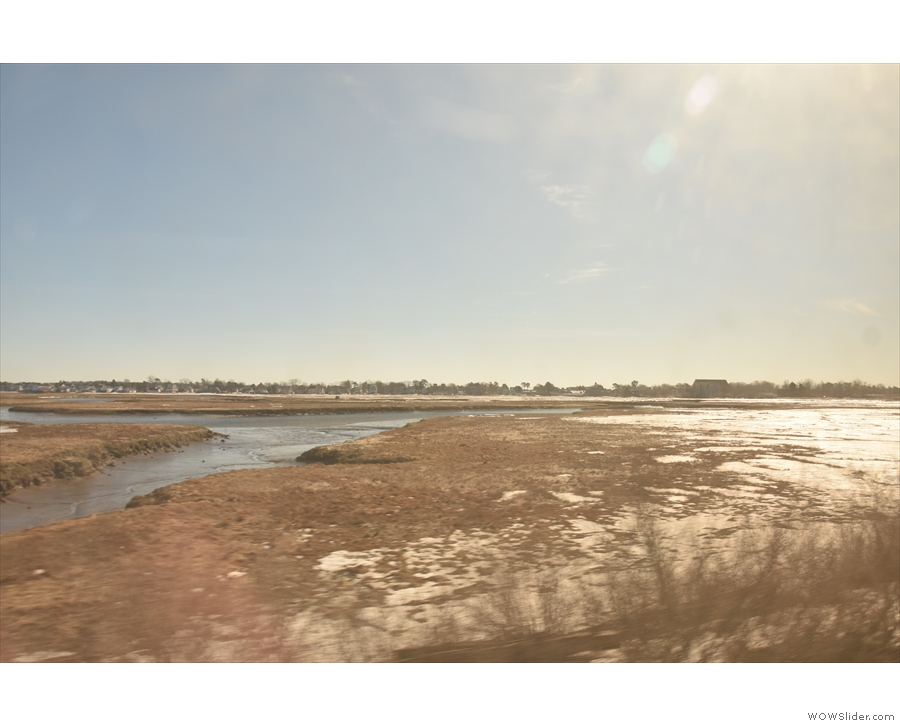




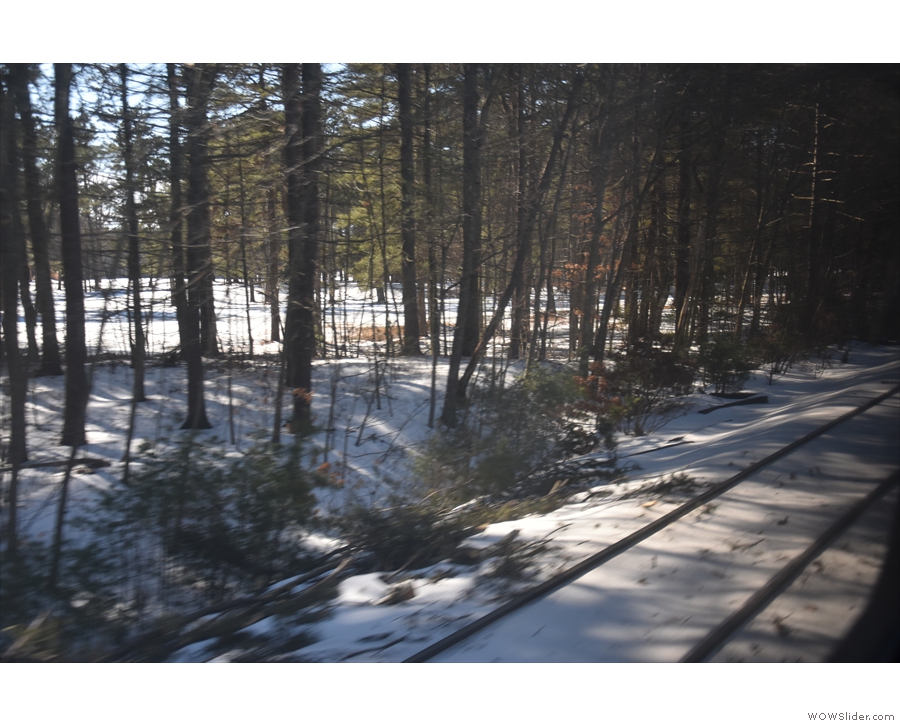

















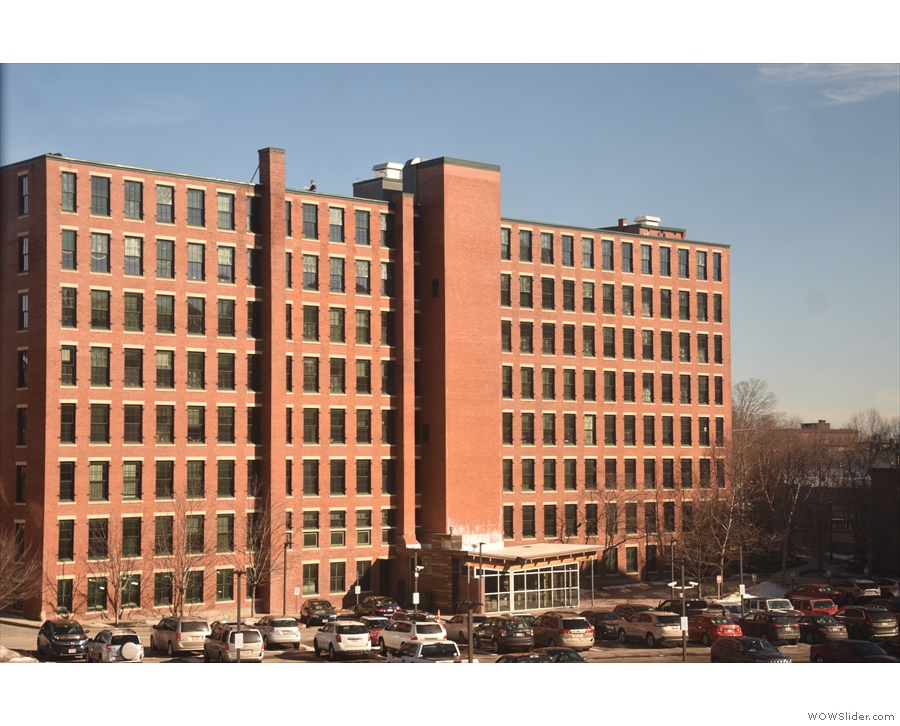



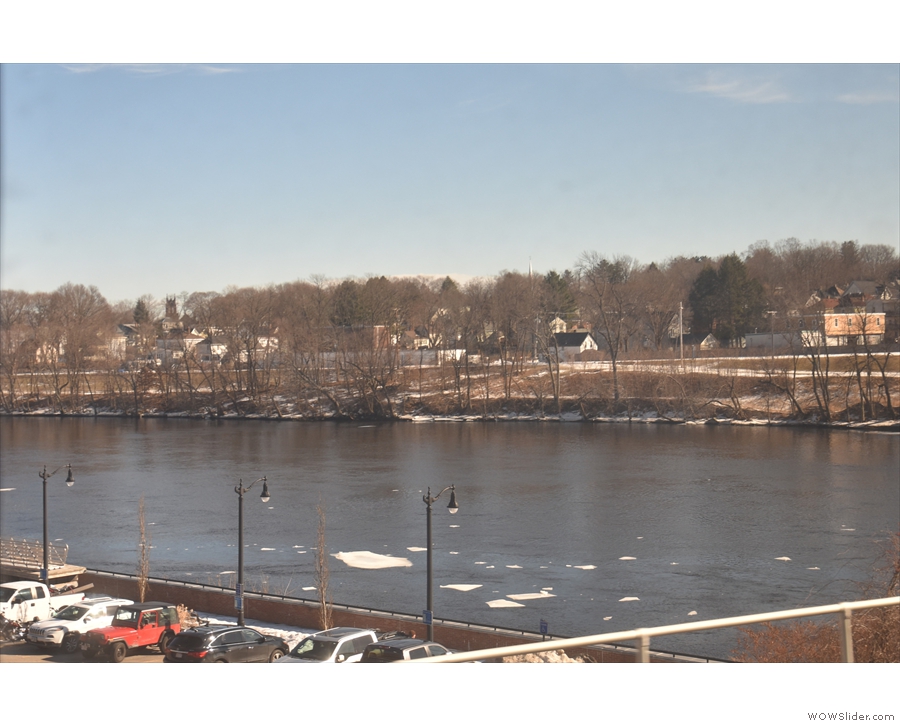





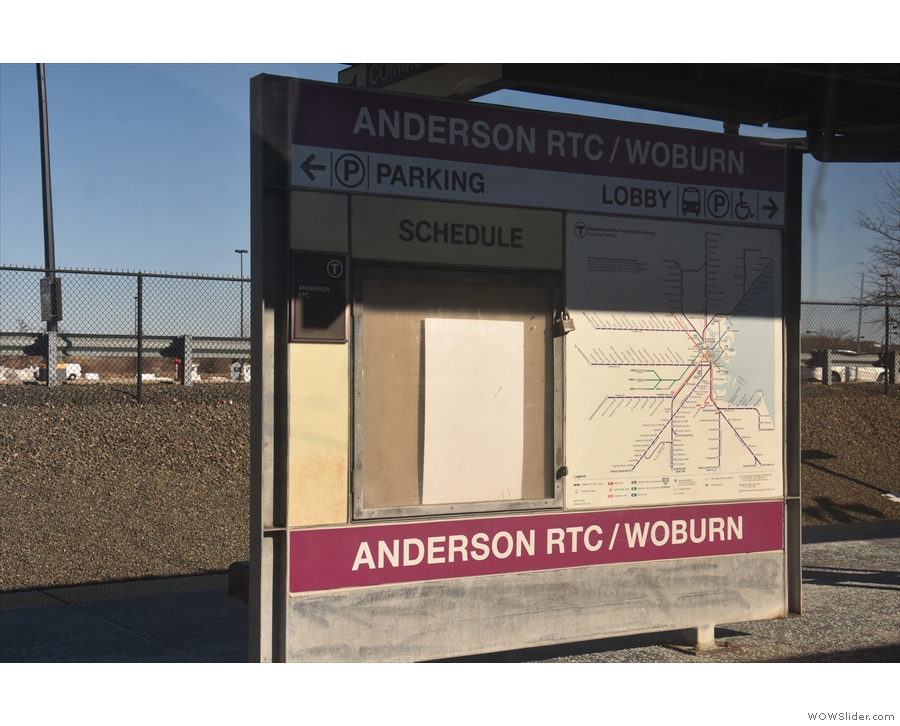
 1
1 2
2 3
3 4
4 5
5 6
6 7
7 8
8 9
9 10
10 11
11 12
12 13
13 14
14 15
15 16
16 17
17 18
18 19
19 20
20 21
21 22
22 23
23 24
24 25
25 26
26 27
27 28
28 29
29 30
30 31
31 32
32 33
33 34
34 35
35 36
36 37
37 38
38 39
39 40
40 41
41 42
42









 1
1 2
2 3
3 4
4 5
5 6
6 7
7 8
8 9
9 10
10



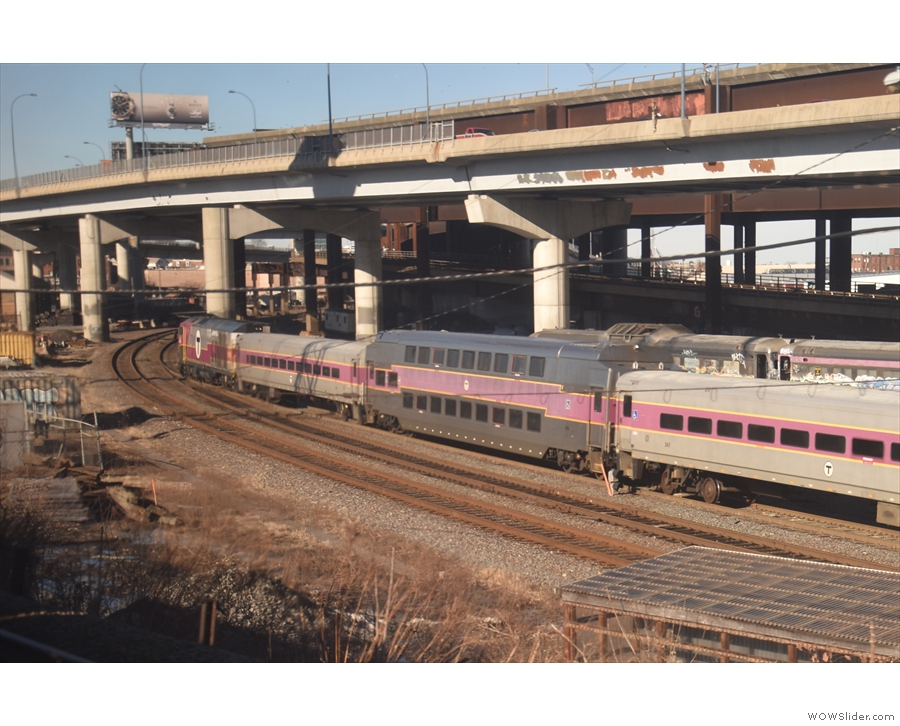

























 1
1 2
2 3
3 4
4 5
5 6
6 7
7 8
8 9
9 10
10 11
11 12
12 13
13 14
14 15
15 16
16 17
17 18
18 19
19 20
20 21
21 22
22 23
23 24
24 25
25 26
26 27
27 28
28 29
29 30
30
Pingback: Amtrak Downeaster, Part I | Brian's Coffee Spot
Pingback: Brian’s Travel Spot: First Time on Amtrak’s Acela Service | Brian's Coffee Spot
Pingback: George Howell, Boston Public Market Update | Brian's Coffee Spot
Pingback: Brian’s Travel Spot: Boston to Manchester via Heathrow | Brian's Coffee Spot
i loved this article. I am a cafe attendant on the downeaster. Not sure if I was the one who helped you that day (purple hair)but I am glad you enjoyed the coffee. its the Carrabssett Company.. By the way, I saw the link on my google page. Have a good afternoon.
Hi Shelley,
I’m so glad that you found (and loved) the post. And thanks for the name of the coffee company! I’ve already updated the post.
I don’t think it was you that Amanda and I met (I think I would have remembered the purple hair), but I’ll be sure to look out for you the next time I ride the Downeaster!
Thanks again,
Brian.
Pingback: Flight Coffee of Dover | Brian's Coffee Spot
Pingback: Time & Tide Coffee | Brian's Coffee Spot
Pingback: Meet the Roaster: Time & Tide Coffee | Brian's Coffee Spot